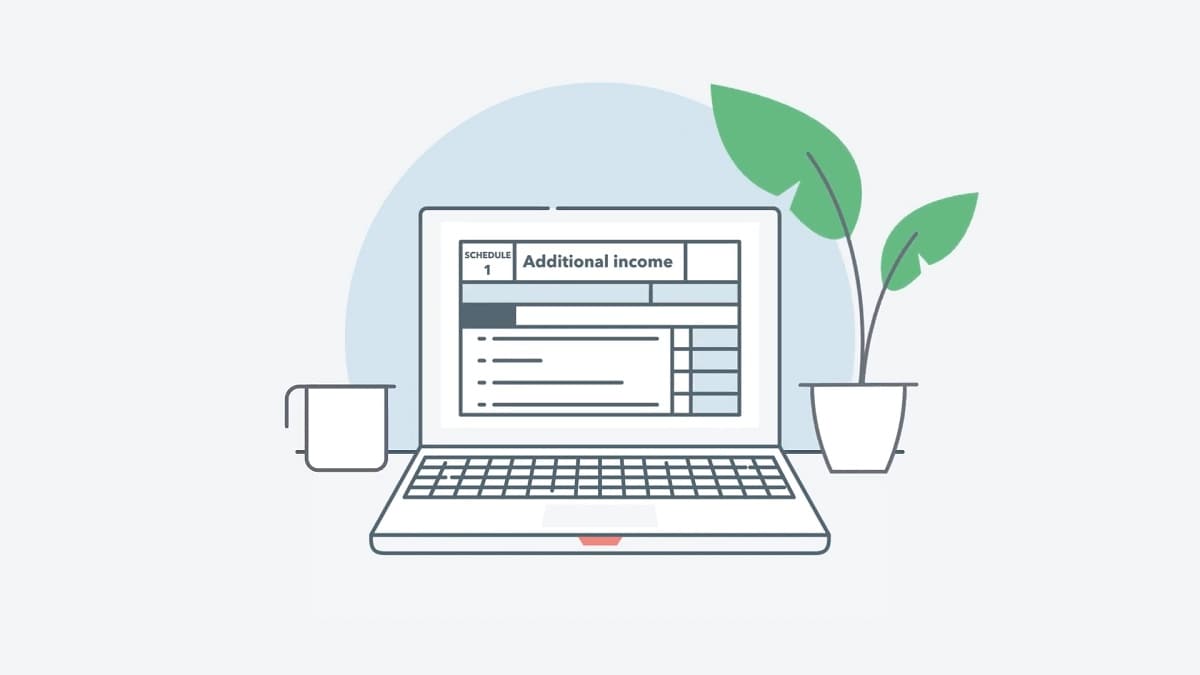Video: First Time Filing for Unemployment
Losing your job can be a difficult and uncertain time. We're here to walk you through filing for unemployment for the first time in this first part of a 2-part series.
Video Transcript:
Losing your job can be a difficult and uncertain time, it's likely that your income has dropped, but you may now qualify for unemployment compensation. To receive unemployment benefits, you must apply through your state program. Remember that eligibility differs from state to state and the IRS considers unemployment compensation to be taxable income. Your state unemployment department will issue you Form 1099-G, and your total amount of compensation will be reported in box one. Compensation typically depends on the length of your employment, your earnings, and the maximum benefit allowed in your state. When filing your taxes, report your unemployment compensation on your federal tax return in the additional income section. You can choose to have income tax withheld to avoid owing a large amount on your tax return. The total federal tax withheld will appear in box four and any state tax withheld will appear in box 11. Remember, keep all of your forms, including your 1099-G, with your tax records. TurboTax is here to support you. For more tax tips and support, visit turbotax.com.

With TurboTax Live Full Service, a local expert matched to your unique situation will do your taxes for you start to finish. Or get unlimited help and advice from tax experts while you do your taxes with TurboTax Live Assisted.
And if you want to file your own taxes, TurboTax will guide you step by step so you can feel confident they'll be done right. No matter which way you file, we guarantee 100% accuracy and your maximum refund.
Get started now by logging into TurboTax and file with confidence.














